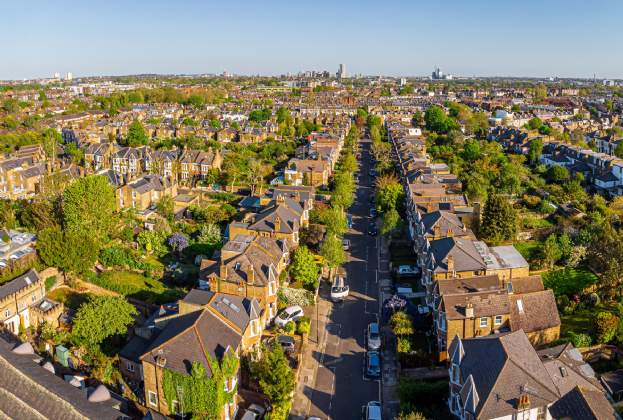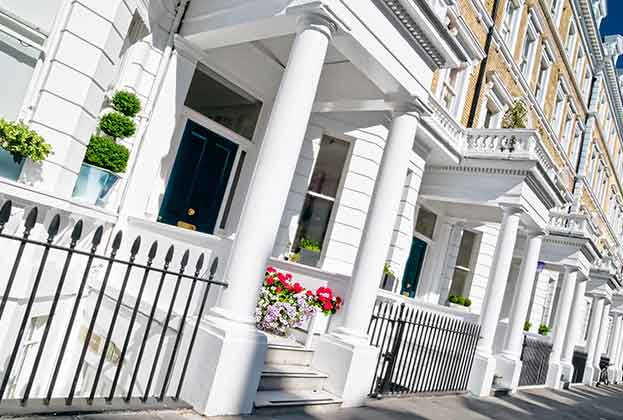Victorian houses are a familiar and much-loved part of the street scene in towns and cities across the country.
Popular with buyers in search of a versatile home to suit modern family life, these terraces and villas are often still awash with gorgeous decorative features that point to their Victorian past and are treasured by many today.
Why do so many houses date from the Victorian era?
Queen Victoria’s reign (1837-1901) is associated with a plethora of new ideas and innovation, from the rise of the railway to the must-have Christmas tree.
It also coincided with a dramatic increase in the general population. According to census data, over the course of 70 years the population of England and Wales jumped by 134% from just under 14 million to more than 32 million – and so millions more homes were needed to meet demand.
If our look at Victorian houses piques your interest, why not explore our property pages to find your next dream home.
How to spot a Victorian house
There are a host of Victorian period features to look out for including:
First impressions
Even before you step foot inside, Victorian houses can be a decorative feast for the eye. Entrances are often enhanced by pretty tiles, stained glass, ornate mouldings and wrought iron railings.
Bay windows
Bay windows, either round or square, are typical of Victorian architecture (and a great place for the Christmas tree). Many people have upgraded to double glazing over the years, but original glass is easy to spot as it’s slightly uneven in texture, resulting in a dappled effect. Double-fronted villas, with twin bay windows flanking the front entrance, have great aesthetic appeal in terms of balance and grandeur.
Hallways
Once inside, you may be lucky enough to be greeted by a stunning geometric display of floor tiles covering the hallway. The tiles tend to be quite small and arranged in a mosaic pattern, often a combination of mustard yellow, terracotta and pale blue. Don't overlook the possibility of uncovering hidden treasures if the hallway is carpeted.
Ceilings and detailing
Impressively high ceilings enhance the feeling of space. The Victorians left their stamp on many homes in the form of intricate cornicing, decorative picture rails that encompass formal living and dining rooms, and elaborate ceiling roses which set off pendant lighting to perfection.
Fireplaces
Nothing says Victorian like a beautiful cast iron fireplace, which would have been a central feature in most rooms. They come in various sizes and styles – some with stunning tiles running down each side.
Living space – then and now
Reception rooms are located at the front of the house while the kitchen traditionally sits at the back. In Victorian terraces, the kitchens didn’t span the width of the property, creating a side passage. These days many people have successfully extended the house by building across the side return, typically with a structure featuring lots of glass and skylights to really modernise and brighten the space.
In a larger villa you might find twin reception rooms either side of the hallway, with a service hatch from the kitchen to the formal dining room. Now, the growing need for practicality and space means many owners have fully extended to create a family hub, combining a kitchen/dining/living space into one functional room. This transition means Victorian houses work just as well for busy, modern families as they did for their original occupants.
Attics and roofs
Victorian houses were often built with big attic spaces, many of which have been developed over the years to add bedrooms and bathrooms. Roofs are typically slate and sloping, contrasting with the flat tops of the earlier Georgian era.
Victorian houses have certainly stood the test of time. They continue to appeal to today’s buyers, keen for that sense of space and unmistakable character and charm.
Further information
Contact Libbi Millett or Adam Dryden-Peck
.jpg)
.jpg)


.jpg)


.jpg)
(1).jpg)
(2).jpg)
